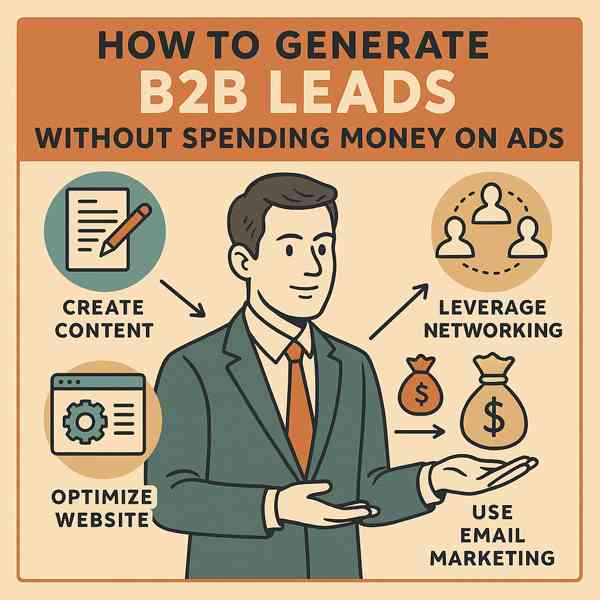Creating B2B Personas That Convert
Creating B2B Personas That Convert
Blog Article

In the business-to-business world, understanding who you're targeting helps you craft better offers.
Unlike B2C personas, B2B personas focus on companies, job roles, and purchasing behaviors within an organization.
What Is a B2B Customer Persona?
A B2B customer persona is a detailed representation of your ideal business client based on real data and market research.
Key components typically include:
- Type of business and employee count
- Job title and decision-making power
- What’s holding them back
- KPIs they’re measured by
- How they research and evaluate
This persona becomes the foundation for your B2B content and sales outreach.
Why B2B Personas Matter
When you create B2B personas, you gain insight on how to approach your ideal customer.
Why they’re worth the effort:
- Focus on qualified prospects
- Craft tailored content and emails
- Sales teams know what to expect
- Improved product-market fit
Knowing your website audience helps you scale faster with precision.
How to Build a B2B Customer Persona
Building a B2B persona involves a mix of research, analysis, and customer insights.
Key steps to follow:
- Find patterns in who buys from you
- Interview decision-makers
- Ask your front-line staff
- Study traffic and conversion trends
- Make it usable across departments
A good persona is specific, realistic, and actionable.
How to Apply Your Persona
It’s not just a marketing tool—it’s a blueprint for your entire team.
Ways to use B2B personas:
- Segment email lists and run targeted campaigns
- Align sales messaging with buyer pain points
- Develop relevant blog posts and case studies
- Refine product features and pricing
Integrate your persona into daily decision-making to make every action customer-centric.
Common Errors in B2B Persona Creation
Many businesses struggle with building useful personas because they generalize too broadly.
Watch out for these errors:
- Make sure insights are backed by real info
- Stay focused on your top 1–3 types
- Ignoring changes in the market
- Leaving personas unused
Avoiding these missteps will help your personas remain relevant, powerful, and profitable.
Conclusion
It lets you deliver better experiences across the buyer journey.
Whether you’re marketing, selling, or developing products, a strong persona keeps your team aligned and your strategy on target.
Report this page